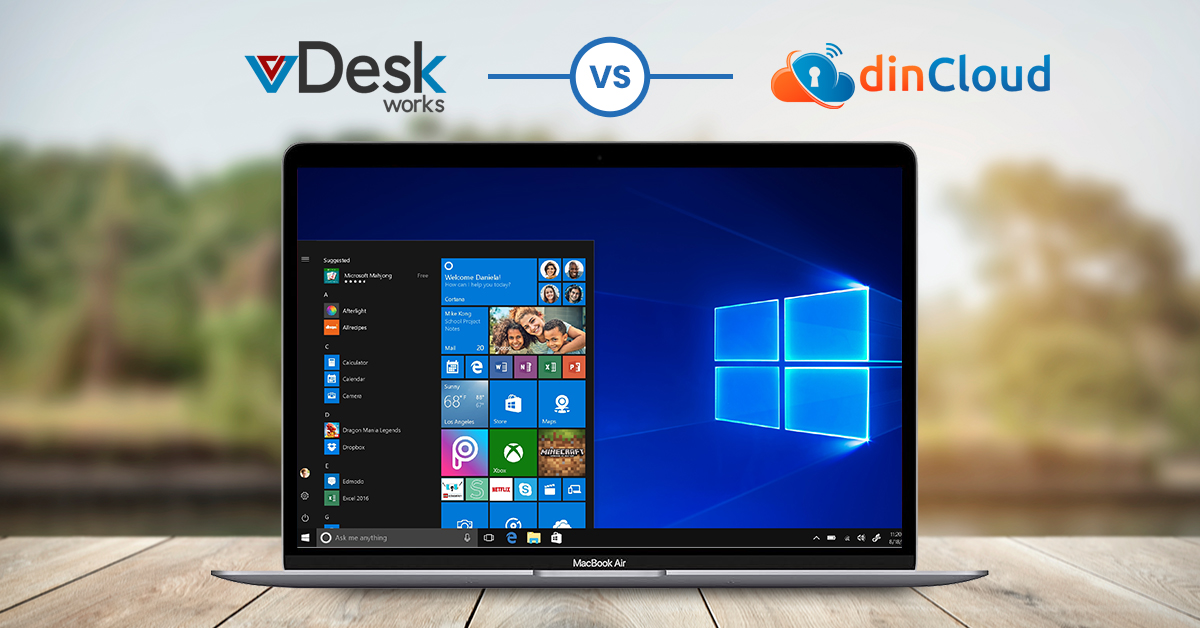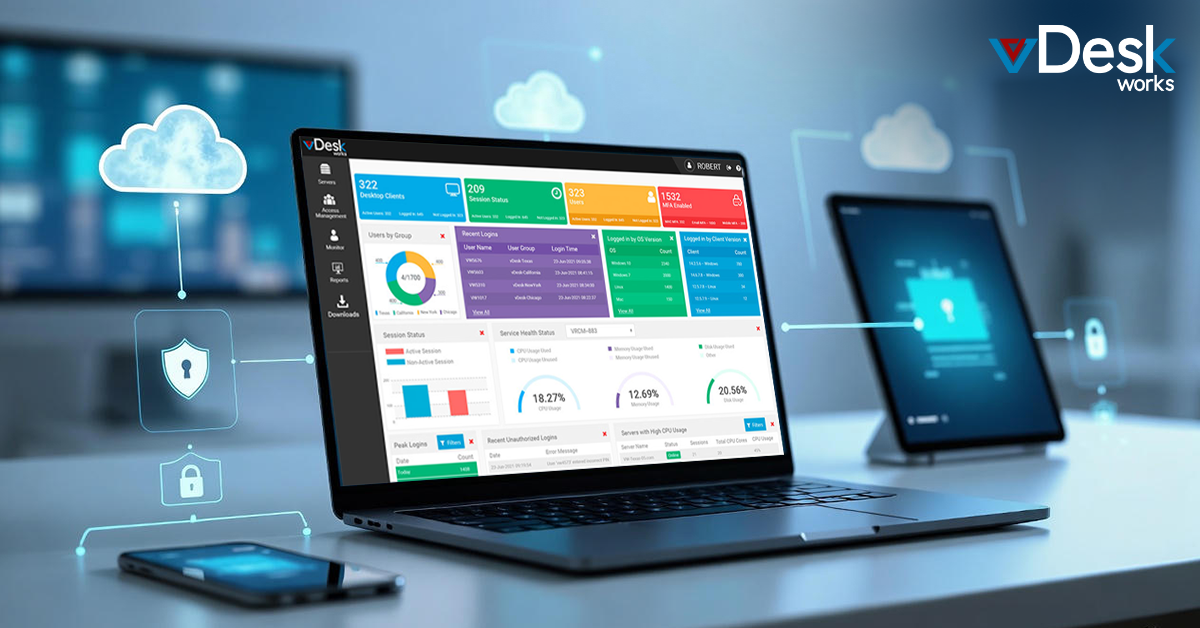The cloud has revolutionized the way businesses work, and virtual desktop infrastructure (VDI) is one of the most important technologies to come out of this digital transformation. With VDI, businesses are realizing greater efficiency and cost savings compared to traditional desktops.
Introduction to Cloud Desktop
For those who are unfamiliar, cloud computing is a way of storing and sharing digital content that does not require physical storage on your own computer. Instead, the data is stored in the cloud, or “the internet” as it is commonly called. With VDI, users can connect to their desktop from anywhere in the world with an internet connection, allowing them to access their most important files and applications.
Now that you understand the basics of cloud desktops, let’s look at eight reasons why it is your best bet compared to traditional desktop systems:
1. Cost Savings and Reduced Overhead Expenditure
The cost of maintaining traditional desktops is significantly higher than the cost of using cloud desktops. With VDI, companies save money by eliminating hardware costs, reduced energy usage, and fewer IT staff members. All these savings add up to significant overhead reductions that result in greater profitability.
2. Greater Efficiency and Productivity
Because cloud-based desktops are available from any location, users can access their files and applications at any time. This helps to increase efficiency and productivity by eliminating the need to travel back and forth between different office locations.
3. Improved Security
Data security is a major concern for businesses of all sizes, but with VDI you don't have to worry. Your data is stored in the cloud, and all traffic between users and the server is encrypted. This makes it much more difficult for malicious actors to access sensitive data.
4. Flexibility
Traditional desktops are limited by their hardware configuration and cannot be easily upgraded or customized. With VDI, however, you can quickly and easily update your system configuration to meet changing business needs. This flexibility gives companies the ability to scale up or down as needed, without requiring major investments in hardware.
5. Increased Mobility
Cloud-based desktops allow users to access their data from any device or location. This makes it easier for employees to work remotely, which improves their flexibility and productivity.
6. Easy to Manage
VDI can significantly reduce the amount of time it takes for IT staff to manage desktops since all updates and changes are managed centrally. This eliminates the need for manual maintenance or software installation on each individual desktop computer.
7. Improved Collaboration
Cloud-based desktops are much easier to share and collaborate with other users. This can significantly speed up the development process, as well as improving communication between remote employees.
8. Increased Scalability
The scalability of VDI is far superior to traditional desktops, making it easier for businesses to adjust their capacity as needed. This helps to keep costs down and allows companies to quickly respond to changing market conditions.
The Future: Why It is Considered a Game-Changer?
Cloud desktops are quickly becoming the new standard for businesses of all sizes, and it’s easy to see why. The cost savings, improved efficiency and security, and scalability make VDI an attractive option for businesses looking to stay competitive in today’s digital age. As more companies adopt cloud desktops, it is clear that this technology will continue to revolutionize the way businesses operate.
From cost savings and improved efficiency to scalability and improved security, cloud desktops offer a wide range of benefits compared to traditional desktop systems.
In conclusion, VDI is the clear choice when compared to traditional desktops. It offers greater cost savings, improved security, flexibility, mobility, scalability, and ease of management. With all these benefits it is no wonder why businesses are quickly adopting cloud-based desktops.


 Emma Carson
Emma Carson
















